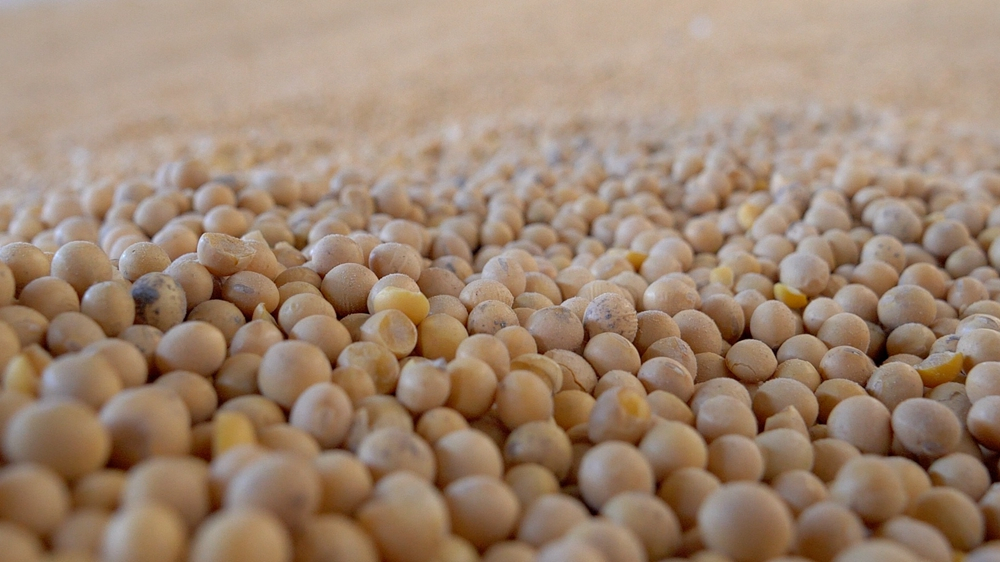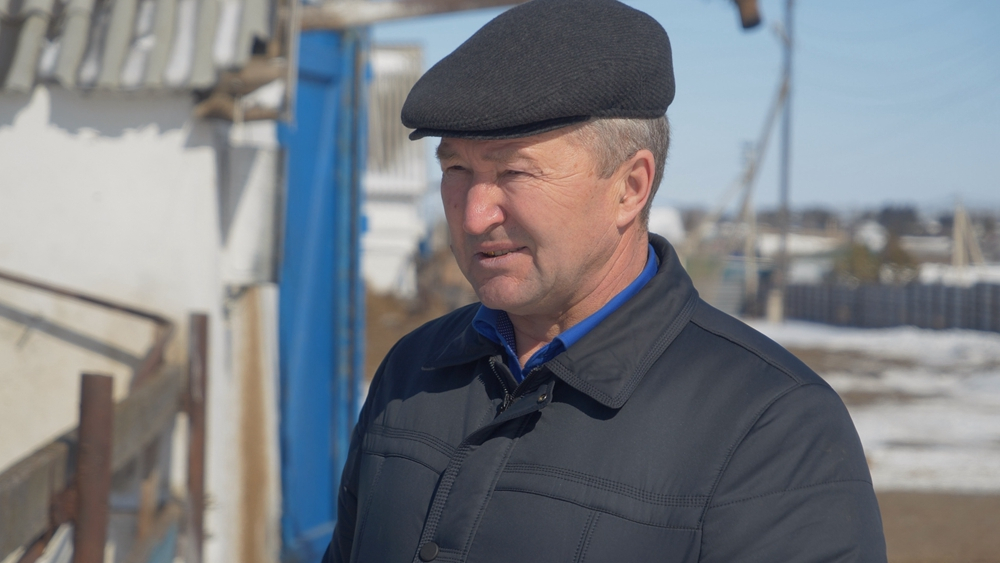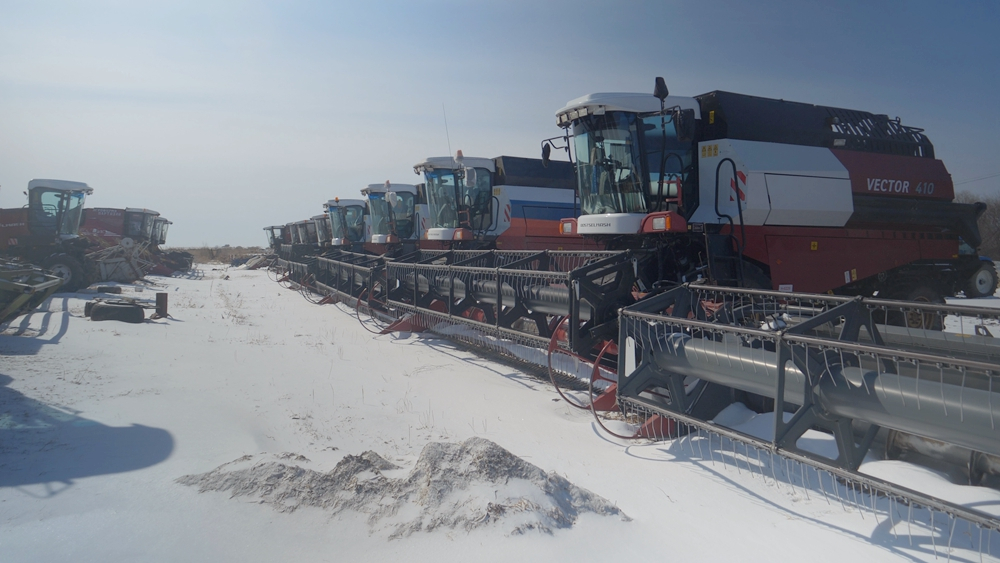
Europe
12:31, 25-Mar-2019
B&R Forum: Russia expects more agricultural exports to China
Updated
20:36, 07-Apr-2019
Aljosa Milenkovic

The trade war initiated by the U.S. against China has brought some unexpected benefits to Russia's agriculture industry.
As one door closes
After a dramatic reduction in China's imports of soybean from the United States, Russia, with its vast arable fields, quickly stepped in, offering Chinese buyers more value for money.
The Amur Region in Russia's Far East is quickly becoming a major soybean exporter to neighboring China, with expectations that exports are to exponentially grow.

Viktor Silohin, General Director of Partizan Agrocompany, speaks during an interview with CGTN at Razdolynoe village in the Amur Region, Russia's Far East, March 20, 2019. /CGTN Photo
Viktor Silohin, General Director of Partizan Agrocompany, speaks during an interview with CGTN at Razdolynoe village in the Amur Region, Russia's Far East, March 20, 2019. /CGTN Photo
We came to the small village of Razdolynoe, some 50 kilometers southeast of Blagoveschensk, the capital of the Amur Region. This is a predominantly agricultural area, and the village is no different. Yet it is special because it has continued the traditional Soviet-style collective farming with 21st-century practices, 30 years after the collapse of the former Soviet Union.
Razdolynoe is home of the Partizan collective farm, founded back in 1930. Since then, it has been led by only three directors. With the current one, Viktor Silohin, at the helm, Partizan grew into a modern producer of ecologically clean grains that annually delivers over 70,000 tons of crops. It has more than 80 combine harvesters, dozens of heavy tractors, as well as livestock farms. It also employs over 400 workers.
But the farm's main trump card is soybeans, growing in an area of over 16,000 hectares. At this time of the year, the entire area is covered in snow. But in spring, it will turn into colorful fields of soy, which has quickly become the farm's main source of income and one of the strongest export products of the Amur Region.

Partizan's combine harvesters wait for soybean harvest season at Razdolynoe village in the Amur Region, Russia's Far East, March 20, 2019. /CGTN Photo
Partizan's combine harvesters wait for soybean harvest season at Razdolynoe village in the Amur Region, Russia's Far East, March 20, 2019. /CGTN Photo
Due to the U.S.-China trade war, buyers from neighboring Chinese towns have flocked to the Russian region, clearing out all their soybean stocks. And demand is expected to rapidly grow after the completion of two new bridges over the Amur River, which, known as Heilongjiang River in China, borders the two countries. As Viktor Silohin told us, they are happy with the prospects of the production increase, but they do need government support as well.
"The government's duty here in the Amur Region is to increase soybean production for China. China demands a lot of it from us because our soybeans don't contain GMO. We do not also use any GMO products and that's why the quality of our crops is good. We apply all the regular treatments. The demand for our crops is significant."
Exporters doubling their capacities
Among the 41,000 tons of soybeans that Partizan produced in 2018, only a few thousand tons remain. And a buyer will soon come, clear out the remaining stocks. One of their customers is ANK, a local export company based in Blagoveschensk. They do not only export soybeans but also process them into soybean oil, all for export to China. Demand is far exceeding production, so they've decided to expand, as we were told by Stepan Inyutochkin, the company's executive director.
"In the beginning, we had plans to increase our production capacity twofold to 150,000 tons of soybeans per year. And it'll happen by the end of the next year. Aside from that, the Chinese market is beginning to appreciate eco-friendlier products and our soybean oil is without any GMO. This is why the demand for our products is very high, not just in China but in other Asian countries as well."

Stepan Inyutochkin, executive director of Russian export company Soya ANK, receives an interview with CGTN at Blagoveshchensk, Russia, March 18, 2019. /CGTN Photo
Stepan Inyutochkin, executive director of Russian export company Soya ANK, receives an interview with CGTN at Blagoveshchensk, Russia, March 18, 2019. /CGTN Photo
Without reliable transport links with China, suppliers can only send their goods across the river for nine months a year. With the two bridges near completion and both sides eager to further their collaboration, companies in the Amur Region can expect a brighter future.

SITEMAP
Copyright © 2018 CGTN. Beijing ICP prepared NO.16065310-3
Copyright © 2018 CGTN. Beijing ICP prepared NO.16065310-3